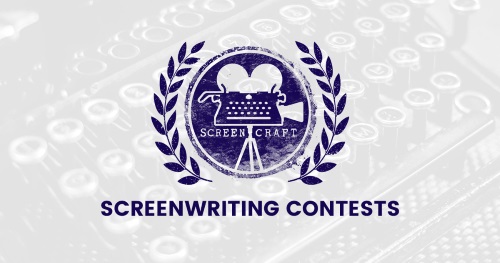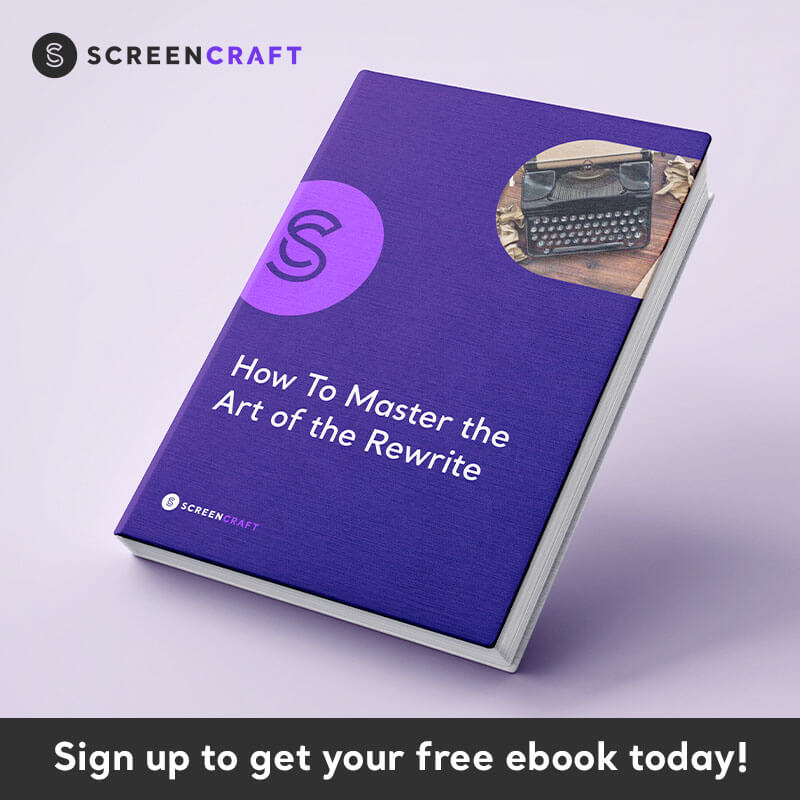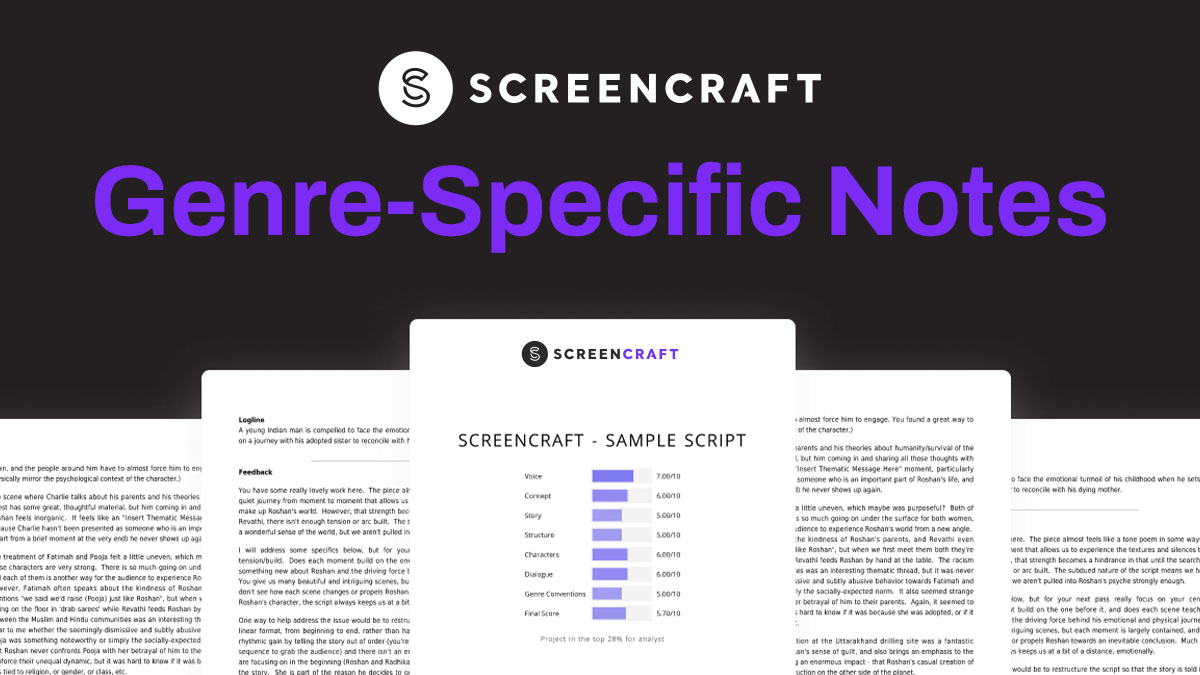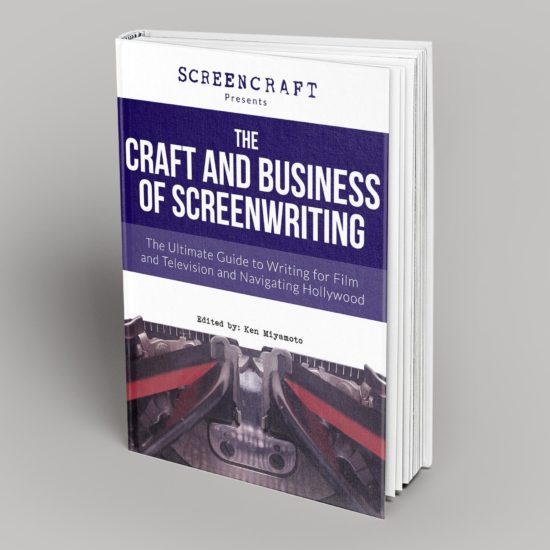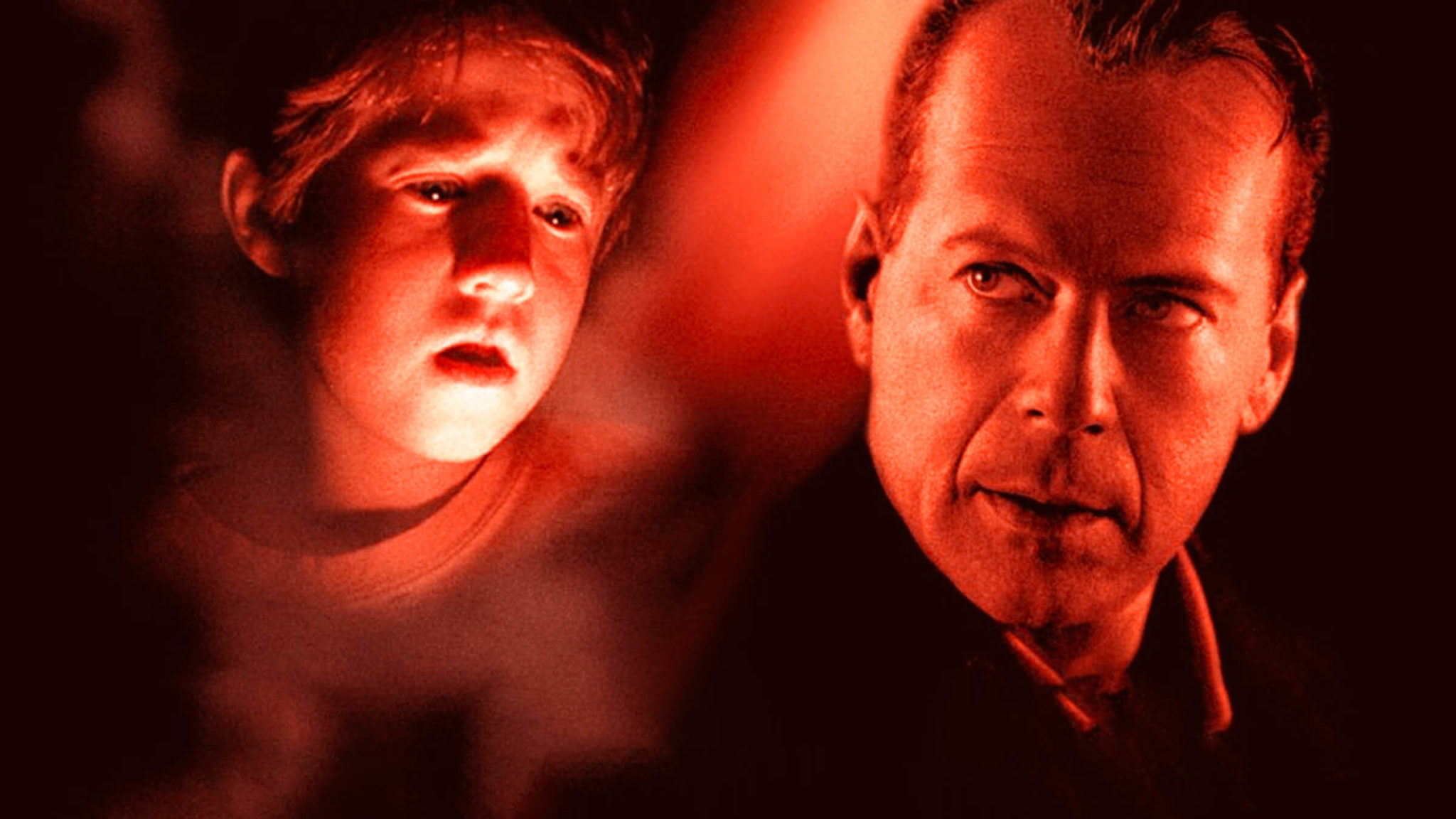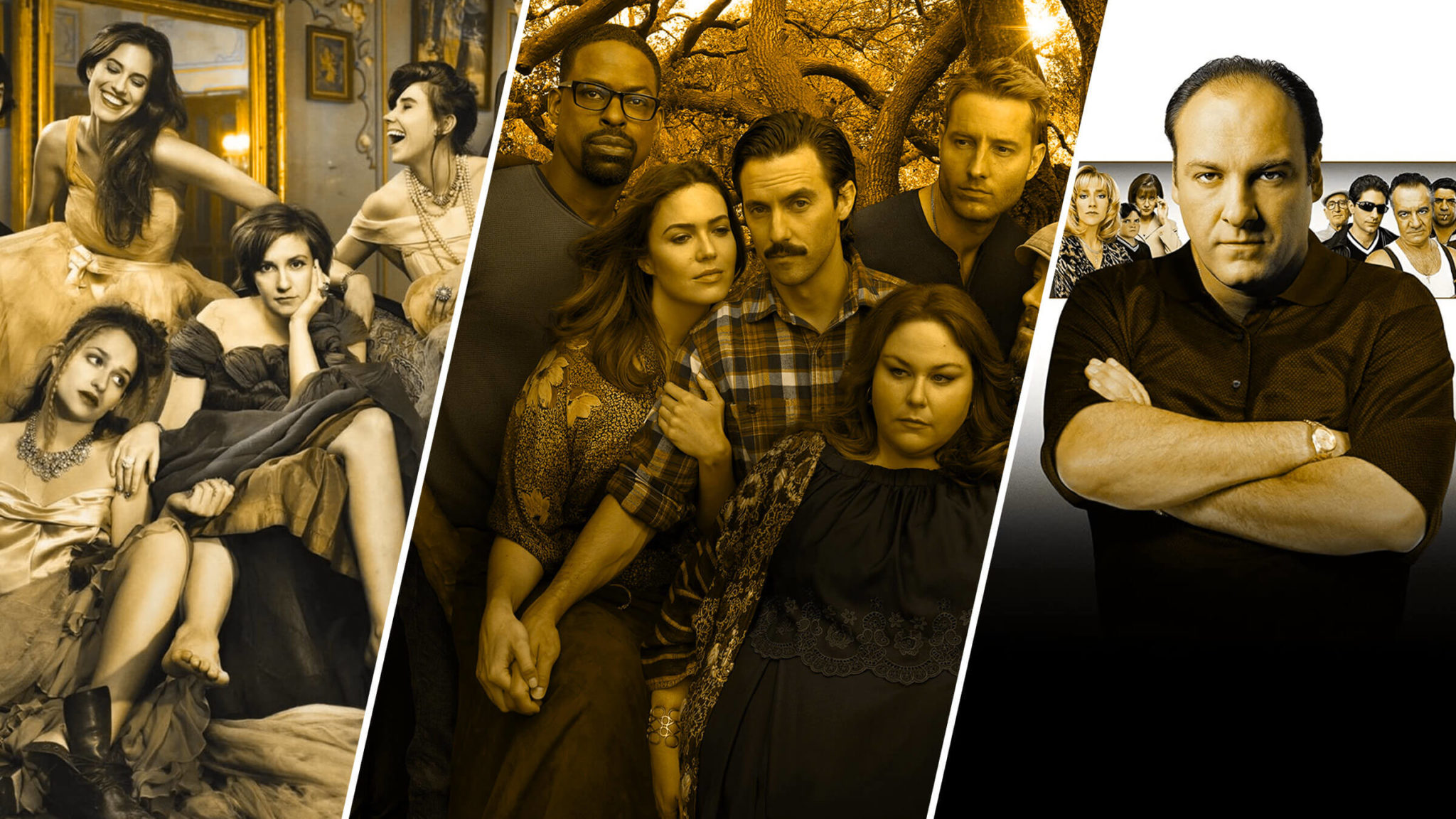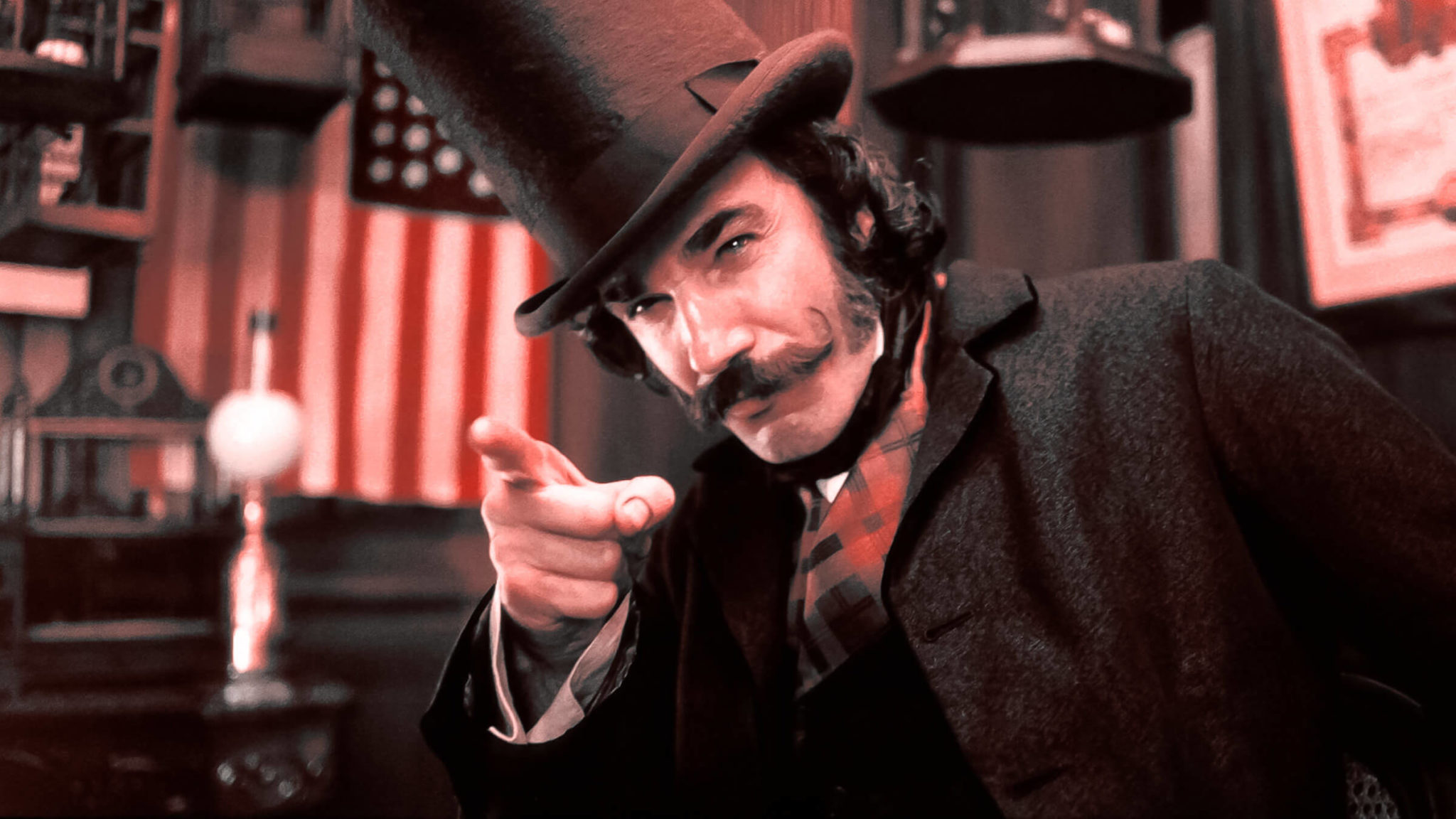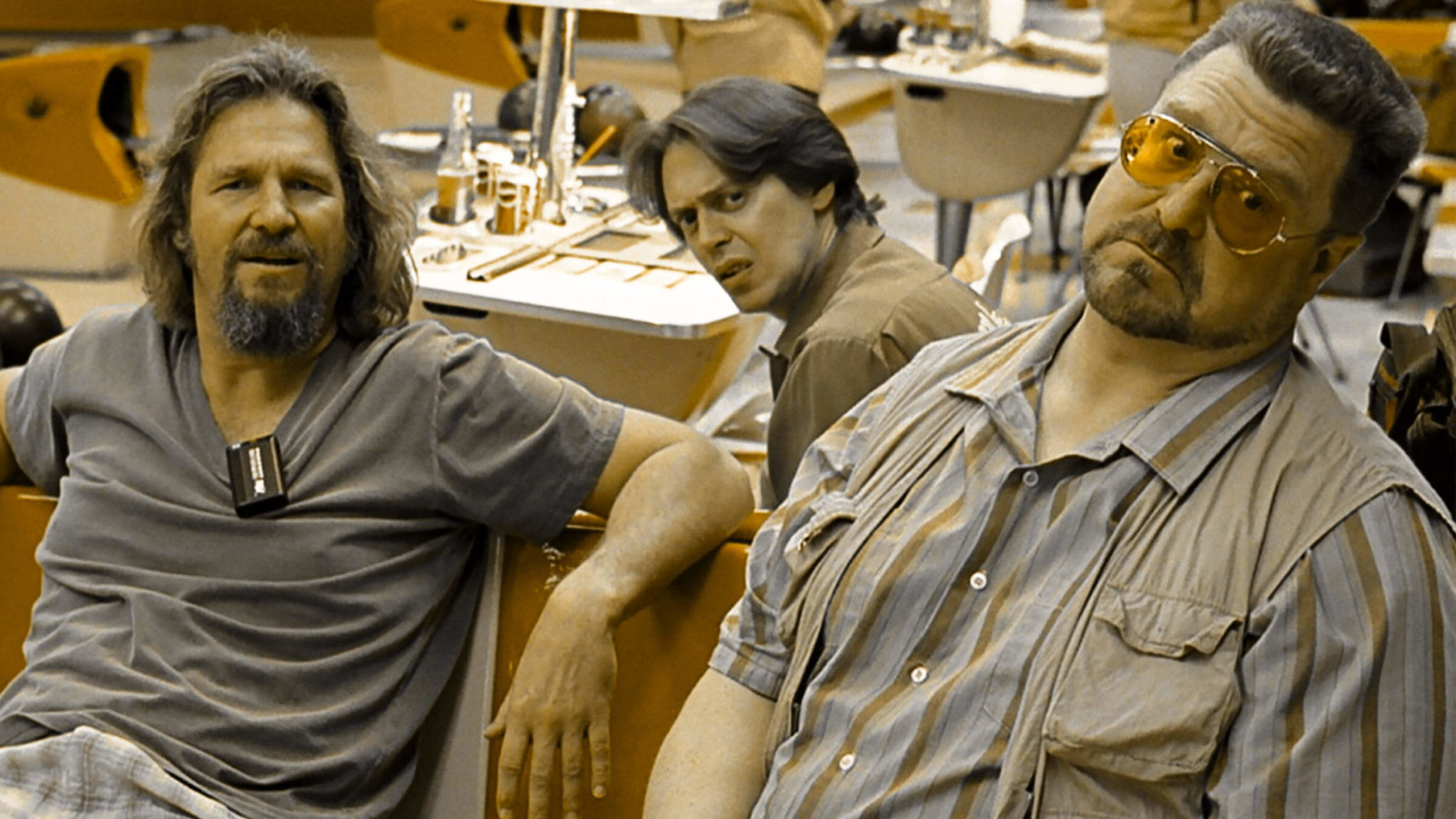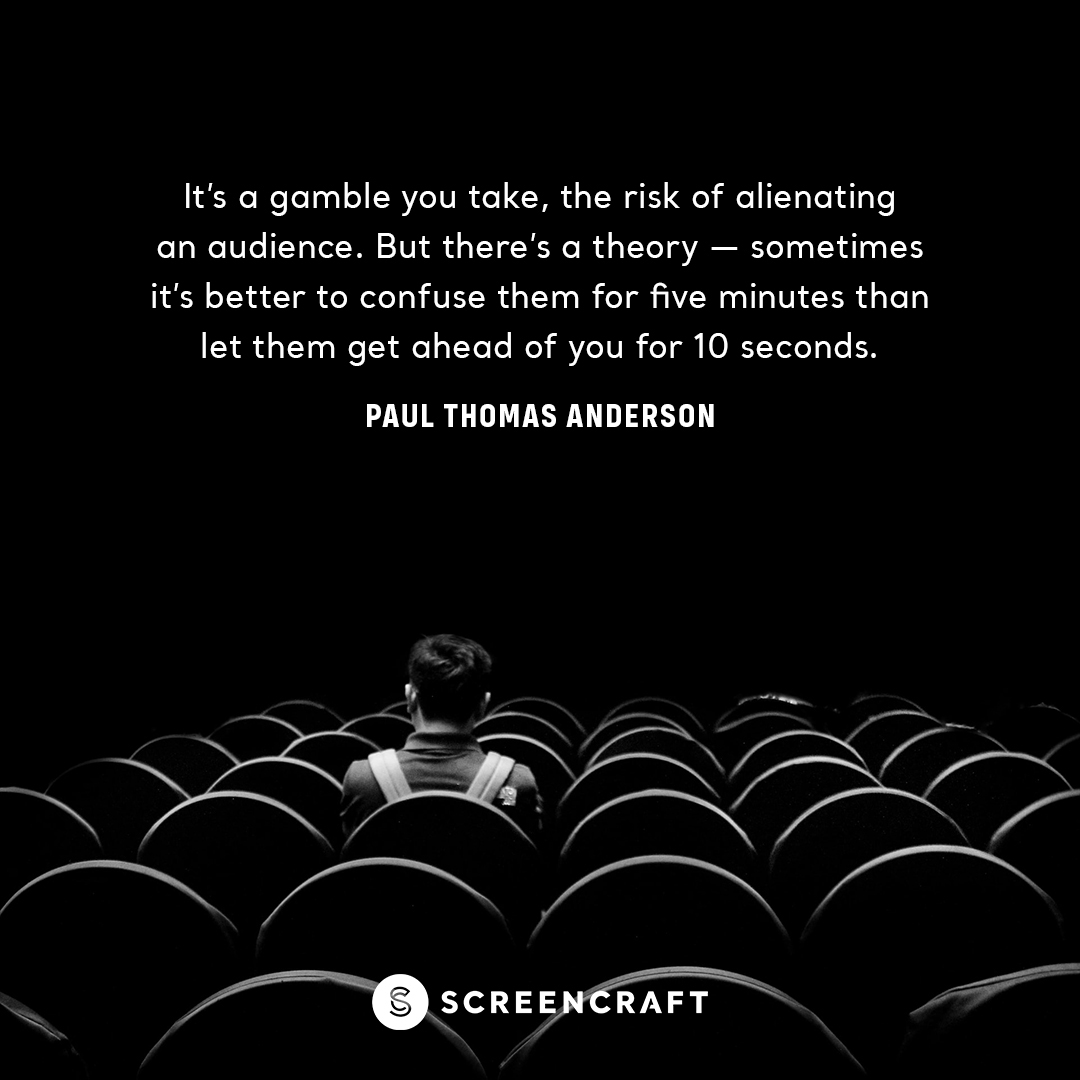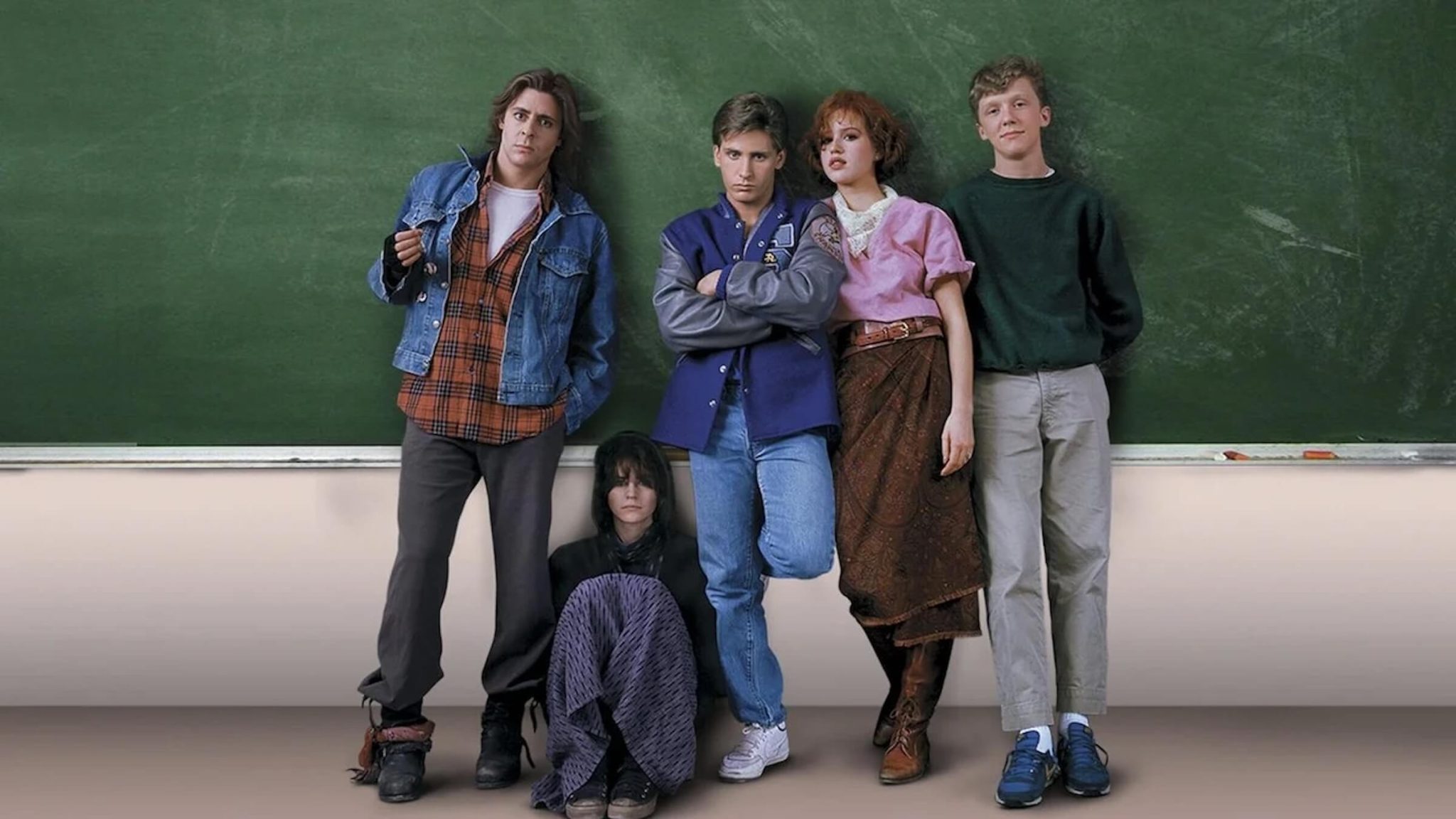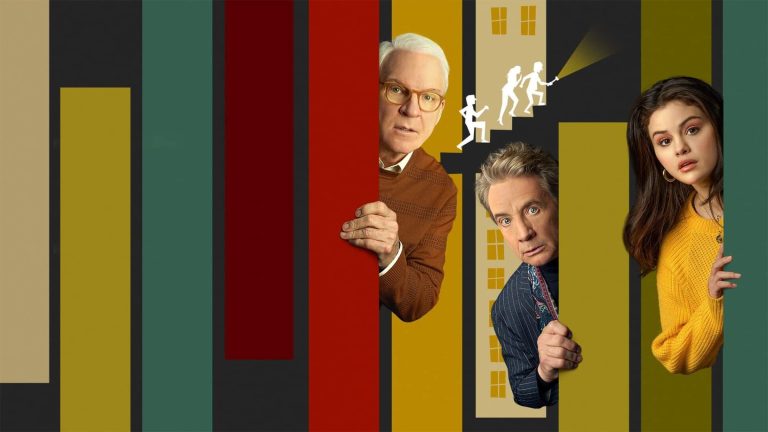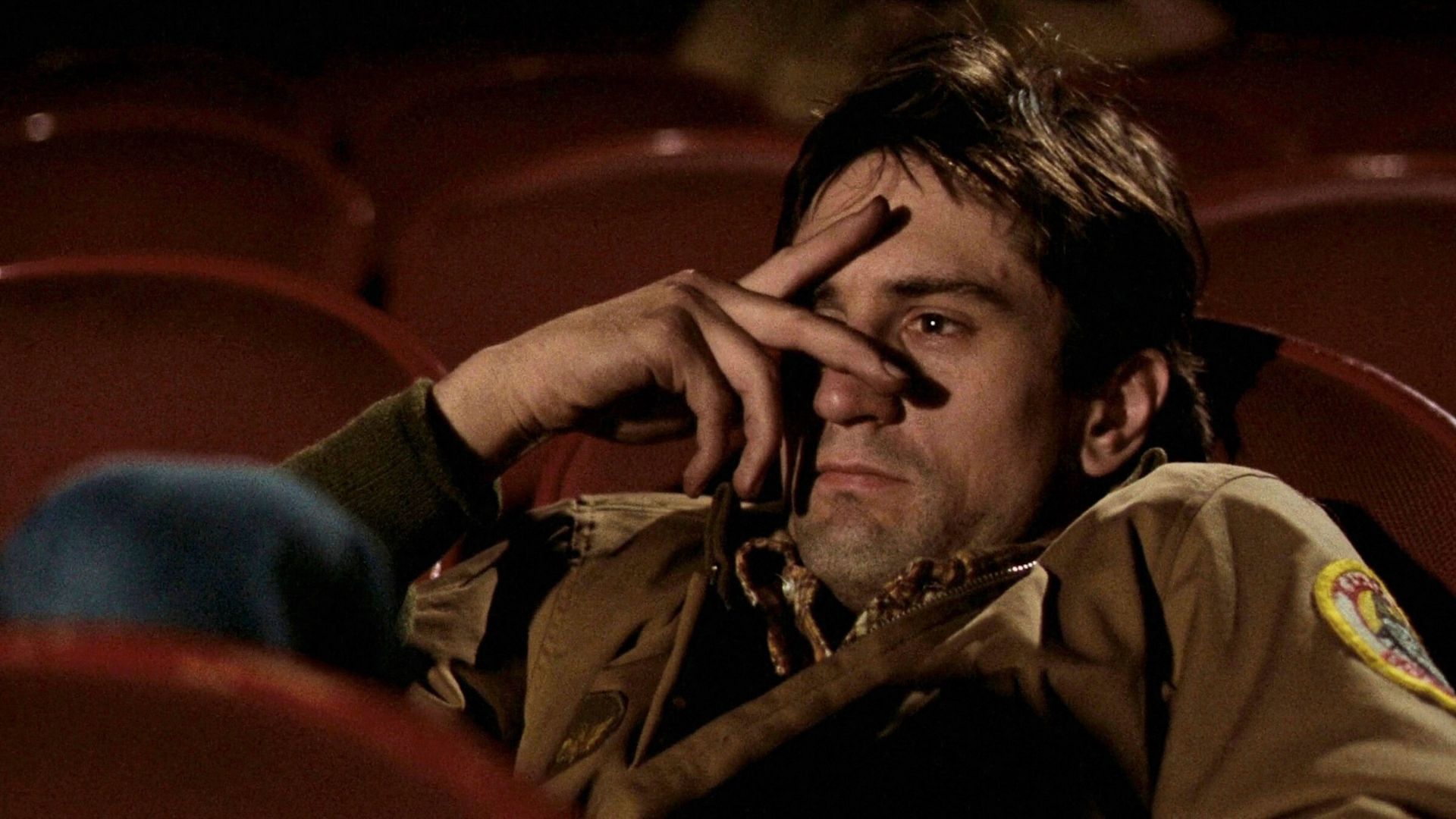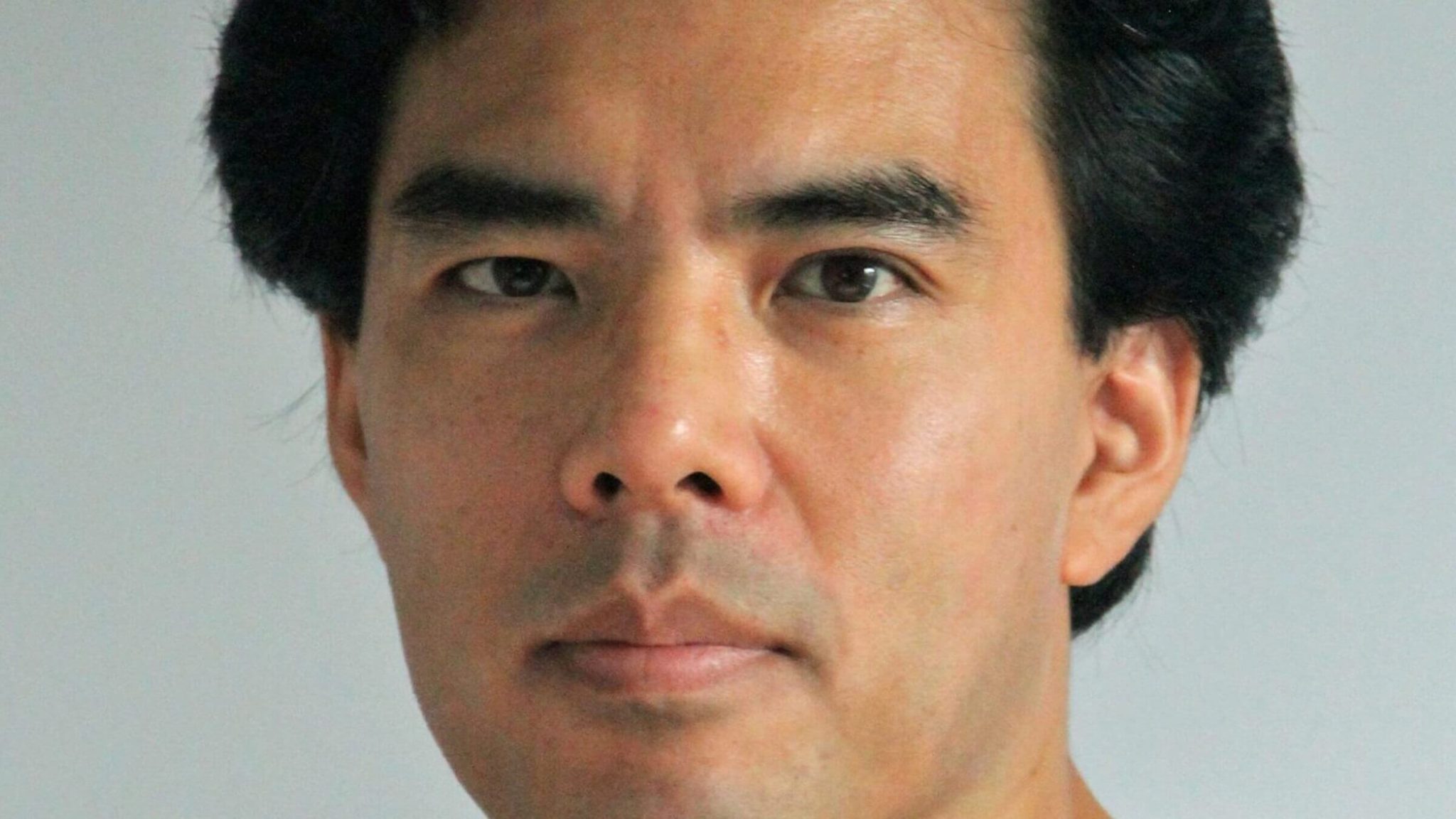
Whether you're a screenwriter preparing your list for Thanksgiving's family around-the-table tradition of thanks or just reflecting on what things in life you should be thankful for, it's always good for the soul to sit back and remember how lucky we really are and how thankful we should be. Let's put that notion into the context of screenwriting and discover how things have — or haven't — changed for the better over the years in the screenwriting trade, and how we've benefited.
1. Screenwriting Software
Most screenwriters forget that half a century ago, screenwriters of that time had to utilize endless sheets of paper and endless typewriter ink. They also had to set the margins every time they changed from scene description, character name, dialogue, and transition.

It wasn't until the early 80s that technology offered a better — and easier — option. According to Wikipedia, "The first screenwriting software was a standalone script formatter, Scriptor, from Screenplay Systems. It took a text file generated by a word processor and inserted the proper page break tags. When used in conjunction with a TSR program such as SmartKey or ProKey—keyboard utilities that assigned a sequence of commands to keystroke combinations—the "dot commands" that Scriptor required could be inserted semi-automatically. Additionally, keyboard macros could be programmed to properly indent and enter abbreviations—allowing a user to customize the working of the word processor. SmartKey was popular with screenwriters from 1982–1987, after which word processing programs had their own macro features."
While a step above typewriters, that's still a far cry from the plethora of software options for screenwriters these days, including the industry standard Final Draft. We have the tools to be just a click away from shooting drafts, character breakdowns, script notes, collaboration screens, and so much more.
While the typewriters and word processors have their nostalgic place in the heart of some screenwriters, nothing beats the freedom of screenwriting software. It gives us the opportunity to focus less on margin settings, and more on what counts — telling great cinematic stories.
And for that, we are thankful.
2. Digital Files
Remember the days of having to go to the office supply store to buy packages of three-hole punched paper and boxes of brass brads? If you were born in the 1990s, probably not.
Screenwriters used to have to print out their own screenplays after each and every draft that they wrote to share their latest work with others. When it came to submitting screenplays to the few festivals and contests (see below) that were available to us, we had to print, bind, and package them to send out to various P.O. Box addresses. And yes, it usually cost a few bucks to do so — which is never a good thing for starving artists.
Then, once you attained some rejection and feedback, you went back to rewrite those scripts and had to print more. It's likely that some of you fellow old-timers still have stacks and stacks of printed screenplays somewhere in your storage room.
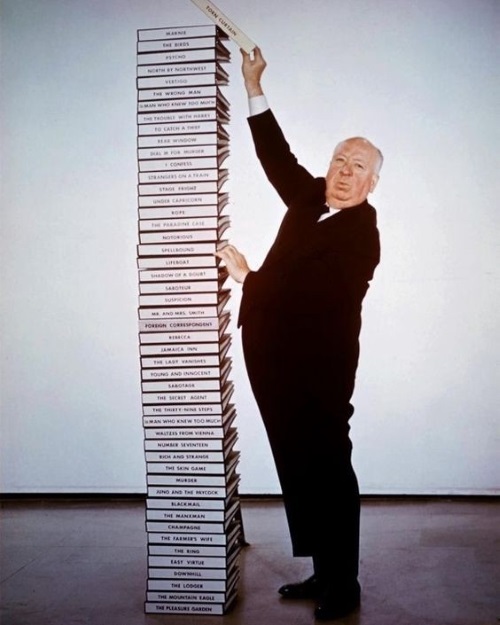
If we take it back even further into the past, imagine living in the typewriter days where making even a simple edit was worthy of an anxiety attack — whereas today rewrites are near effortless, at least in the context of the technology to do so.
Digital files allow screenwriters the ability to forward copies of screenplays to anywhere in the world with a simple mouse click. They allow us to save multiple drafts in multiple digital folders, without sacrificing even a small leaf of a tree — and surely without sacrificing the time it takes to visit the local Office Max and Post Office. We could go on and on about the benefit of digital files, couldn't we?
And for that, we are thankful.
3. IMDBPro
Today, marketing screenplays to industry insiders is as easy as a few clicks on the upgraded IMDBPro site where you can find immediate contact information.
Back in the day, you had to use the phone book or call 411 (that's the information number for you younglings out there).

There also used to be the Hollywood Creative Directory, billed as "the most complete, reliable and comprehensive reference book on Hollywood talent and literary agents and managers." The book has been out of print since 2011, largely in due part to the ever-expanding IMDBPro, which offers most of that contact information online. Plus you had to purchase multiple editions if you wanted contact information for producers and executives as well — and with the Hollywood turnaround, that contact information would usually be outdated.
Beyond email addresses and phone numbers, IMDBPro is an amazing research tool. When you are marketing your screenplay, you can search for movies similar to your script in genre, tone, and subject matter. You can then see who wrote those films and find out who represents those writers. You can also see the many production companies attached to those movies, as well as who works within those companies.
It is an amazing research tool for screenwriters.
And for that, we are thankful.
4. Screenwriting Competitions and Fellowships
Long before we had the dozens upon dozens of major screenwriting competitions that offer great access to Hollywood insiders, there was a time when such opportunities were few and far between.
Read The Script Lab's The History of Hollywood Screenwriting Competitions!
The screenwriting boom of the 1990s gave birth to the major screenwriting competitions that we know and love today. Many of today's heralded contests didn't even debut until well into the 2000s. And even then, most didn't offer the type of direct access finalists and winners currently enjoy. After the 2007/2008 double punch of the Writer's Guild strike and the collapse of the economy, only a handful of major contests gave any real access. Studios and production companies became more risk averse, relying on Intellectual Properties and proven screenwriters. This new environment opened things up for major contests because Hollywood moreso uses them as a filtration process to find the best undiscovered scripts and writers.
In the decades before that, screenwriters didn't have that platform to be discovered.
And for that, we are thankful.
5. Streaming Movies
A pivotal part of the writing process for screenwriters is feeding our minds with inspiration. Movie viewings are essential for that. Beyond the overall entertainment factor of being able to watch movies, screenwriters use them like visual textbooks.
These days, most movies are available to watch within a few clicks on our devices and remotes.
Decades ago, screenwriters only had whatever was playing in the local theater at the time. When VHS hit, Video Stores were born.
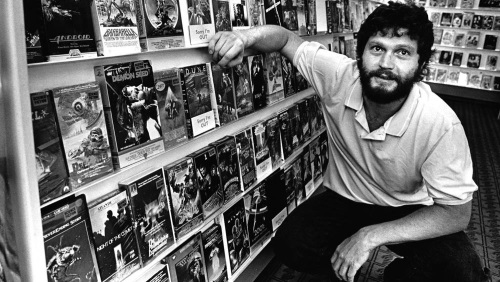
However, it was often difficult to find more obscure or smaller movies. And even for the bigger titles, you had to hope and pray that no one beat you to them. There was nothing more depressing than seeing a VHS cover of a movie you wanted to see, only to find that there were no VHS cases behind that cover. They were checked out and you had to wait for them to come back.
Now, all that you have to do is turn on your Smart TV or Streaming Device and look up whatever movie you're aching to see — and it's never checked out.
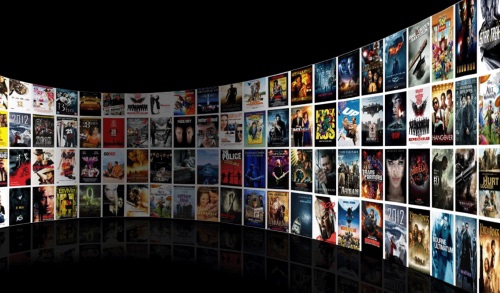
And for that, we are thankful.
6. Youtube
Sometimes we don't want to see the full movie. Sometimes we're just looking for certain iconic scenes to study and learn from.
Sometimes we want to watch the best opening moments of movies as we prepare to begin our own screenplays.
Sometimes we want to search even further and find the best opening movie lines as we ponder our own dialogue options.
Sometimes when we're writing a horror script, we want to watch the scariest movie scenes to study how and why they were so scary.
Whatever the subject, whatever the context, whatever the type of cinematic scene or moment that we want to see — odds are Youtube has it ready and waiting for us.
And for that, we are thankful.
7. The Screenplay
If you are a screenwriter, chances are you've undertaken this crazy venture because you love movies and have cinematic stories of your own scattered throughout your mind. You see characters doing things. You see vivid locations and atmospheres. You see conflicts that characters are going through. You see moments that are terrifying, hilarious, and action-packed. You see stories. You see concepts. You see things that only you could possibly imagine.
It's all up in that head of yours, but dispersed and segmented, like floating pieces of puzzles that you are curious to see when pieced together.
The screenplay offers screenwriters a platform to gather those puzzle pieces. The screenplay allows us to organize our vivid imaginations. The screenplay empowers us to be creators where we can form any thing, any person, and any place out of thin air.
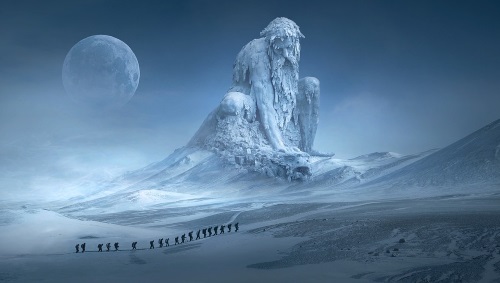
Where we can tell cinematic stories with hopes of seeing them on that big screen one day for all to see. And if not, at least that one person who conjured those tales can see it through their own mind's eye as they read their own scripts from beginning, middle, to end. There's a beautiful sanity to that opportunity alone.
And for that, we are thankful.
What else can we be thankful for as screenwriters? The internet, for giving us an endless ocean of resources? Our friends and families for putting up with us as we try to tell and sell our visions? The writers, filmmakers, actors, and crews that gave us something to fall in love with in the first place — cinema?
Whatever it may be, yes, we are thankful.
Ken Miyamoto has worked in the film industry for nearly two decades, most notably as a studio liaison for Sony Studios and then as a script reader and story analyst for Sony Pictures.
He has many studio meetings under his belt as a produced screenwriter, meeting with the likes of Sony, Dreamworks, Universal, Disney, Warner Brothers, as well as many production and management companies. He has had a previous development deal with Lionsgate, as well as multiple writing assignments, including the produced miniseries Blackout, starring Anne Heche, Sean Patrick Flanery, Billy Zane, James Brolin, Haylie Duff, Brian Bloom, Eric La Salle, and Bruce Boxleitner. Follow Ken on Twitter @KenMovies
For all the latest ScreenCraft news and updates, follow us on Twitter and Facebook!
Tags
Get Our Screenwriting Newsletter!
Get weekly writing inspiration delivered to your inbox - including industry news, popular articles, and more!

